Fertilization program for 24 cash crops (16-20)
VIEWS: times Release Date:2021-02-01
16.Carrots
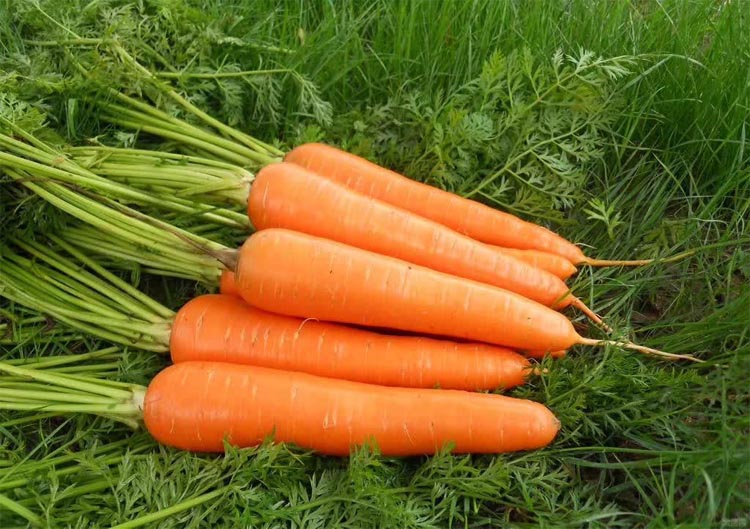
For every 1000 kg of carrots, 2.4-4.3 kg of nitrogen, 0.7-1.7 kg of phosphorus and 5.7-11.7 kg of potassium are required. The law of fertilizer absorption is as follows: the initial stage of growth is slow, the growth of the root system begins to expand rapidly in the middle and late stages, and the nutrient absorption also increases with the increase in fertility.
Carrots require nitrogen in the early stage. After 30-50 days of sowing, it is necessary to apply an appropriate amount of nitrogen fertilizer. At this stage, when nitrogen is deficient, the diameter of the root is significantly reduced, and the fleshy root is not enlarged. Different forms of nitrogen have a great influence on the growth of carrots. Carrots absorb less phosphorus, about 1/3 of the nitrogen absorption.
The main effect of potassium on carrots is to increase the meat quality. The application of potassium fertilizer should be paid attention to in the production to prevent potassium deficiency in the soil, especially in the period of meaty roots, to ensure the supply of potassium fertilizer.
17, radish
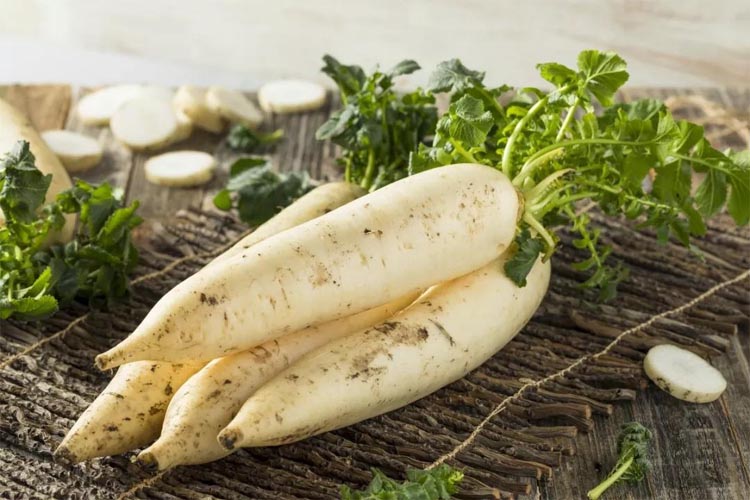
For every 1,000 kg of radishes, N21—3.1 kg, P2O50.8—1.9 kg, and K2O3.8—5.6 kg must be absorbed from the soil. The ratio of the three is 1:0.2:1.8. It can be seen that radishes are potassium-loving vegetables, and excessive nitrogen fertilizer should not be used.
In addition, radishes are more sensitive to boron. Foliar spraying of chelated boron fertilizer can effectively improve the quality of radishes during the prophase and peak period of fleshy root expansion.
18. Loofah
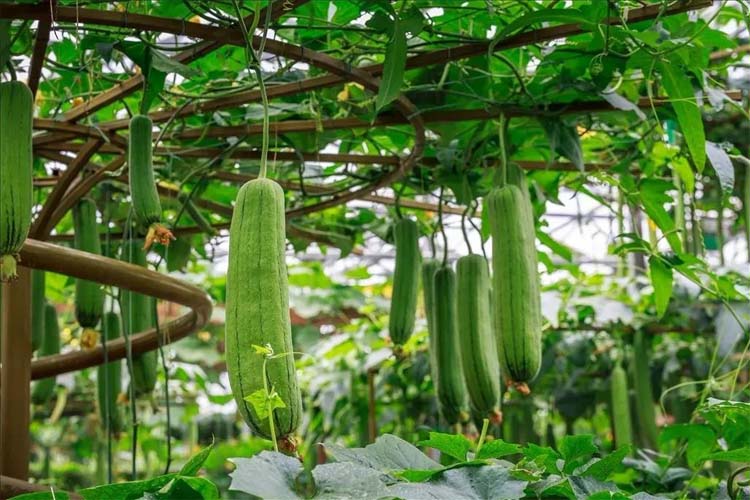
Loofah grows fast, bears many fruits, and likes fertilizer, but its root system is shallow. The fertility absorption and fertility tolerance are weak, and the soil is required to be loose, fertile and rich in organic matter. According to measurements, for every 1,000 kg of loofah produced, 1.9-2.7 kg of nitrogen, 0.8-0.9 kg of phosphorus and 3.5-4.0 kg of potassium are needed from the soil.
The nitrogen absorption of loofah within 30 days after planting showed a linear upward trend, and the maximum nitrogen absorption was in the middle of growth. Entering the reproductive growth period, the demand for phosphorus increases sharply, while the demand for nitrogen decreases slightly. Before the fruiting stage, the weight of each organ of the plant is slow, and the flow of nutrients is mainly roots and leaves, and provides nutrients for vine extraction and flower bud differentiation.
After entering the fruiting period, the plant growth increased significantly, and reached the maximum in the fruiting fruiting period. During the fruiting fruiting period, the amount of nitrogen, phosphorus, and potassium absorbed by the loofah accounted for 50% of the total nitrogen absorbed. About 47% and 48%. In the late fruiting stage, the growth rate slows down and the nutrient absorption decreases, among which nitrogen and potassium decrease more obviously.
19.Kidney beans
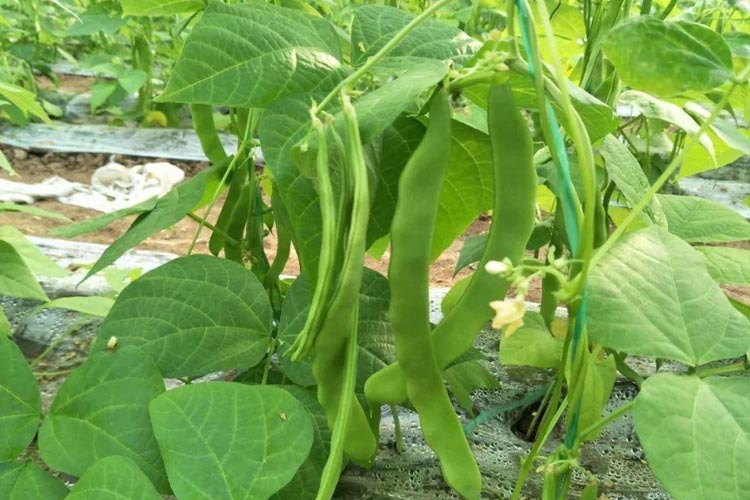
Nitrogen, kidney beans like nitrate-nitrogen fertilizer. The more nitrogen is not the better. Appropriate application of nitrogen is beneficial to increase yield and improve quality. Too much application will lead to flower drop and delayed maturity, which will affect the yield and benefit of kidney beans. Phosphorus, phosphorus plays an important role in the formation and flowering and pod formation of kidney bean rhizobia.
Phosphorus deficiency easily causes the growth and development of kidney bean plants and rhizobia, reducing the number of flowering pods, fewer pods and seeds, and lower yields. Potassium, potassium can obviously affect the growth and development of kidney beans and the formation of yield. Insufficient supply of potassium fertilizer will reduce kidney bean production by more than 20%. In terms of production, the amount of nitrogen fertilizer is appropriate and more, even if the amount of potassium is less, the symptoms of potassium deficiency are generally not displayed.
Magnesium, kidney beans are prone to magnesium deficiency. If there is insufficient magnesium in the soil, starting from 1 month after sowing of kidney beans, first in the primary leaves, as the chlorosis starts between the veins of the first true leaf, it will gradually develop to the upper leaves, lasting about 7 days. It starts to fall off and the yield decreases. Molybdenum, a trace element Molybdenum is an important component of nitrogenase and nitrate reductase. In physiological metabolism, it mainly participates in biological nitrogen fixation and promotes nitrogen and phosphorus nutrition metabolism of plants.
20. Pumpkin
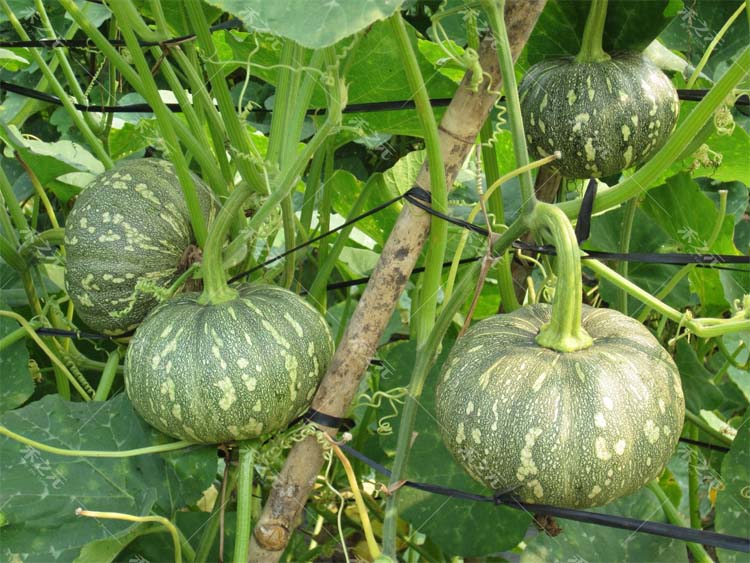
Pumpkin's nutrient absorption and absorption ratio are different in different growth and development stages. The seedling stage requires less fertilizer. Entering the fruit swelling stage is the period of maximum fertilizer demand, especially when the absorption of nitrogen increases sharply. Potassium also has a similar trend, and the increase in phosphorus absorption is less.
The increase in output is completely consistent with the general trend of absorption of the five elements, and it also rises rapidly in the most 1/3 of the time. The production of 1000 kg of pumpkins needs to absorb 3.5-5.5 kg of nitrogen (N), 1.5-2.2 kg of phosphorus (P2O5), and 5.3-7.29 kg of potassium (K2O). Pumpkins respond well to organic fertilizers such as manure and compost.
Previous : Fertilization program for 24 cash crops (20-24)
Next : Fertilization program for 24 cash crops (11-15)
Latest News
- The company overcame difficulties and won a "good start" in the first quarter ...2022-03-28
- Safe Production ...2022-03-28
- first-line collection ...2022-03-26
- Huaqiang News ...2022-03-26
- Huaqiang Chemical Strong Agriculture Project ...2022-03-25
- huaqiang news ...2022-03-24
- winning unit ...2022-03-22
- Huaqiang News ...2022-03-21
Related Information
- The best fertilizers for fruits and crops ...2020-05-26
- Huaqiang Chemical Group NPK fertilizer pdf ...2020-04-01
- Humic Acid Fertilizer ...2019-12-31
- Bulk Blending Fertilizer ...2019-12-27
- Water Soluble Fertilizer ...2019-12-08
- NPK Fertilizer ...2019-12-02
- Potassium Sulfate Fertilizer ...2019-11-30
- Urea Fertilizer ...2019-11-21
MESSAGE
Our sales staff will be the first time to get in touch with you,to provide you with the latest price.
-
Chemical Products
-
Compound fertilizer
-
Contact Us
Huaqiang Chemical Group Stock Co.,Ltd.
No.1 Jinping Avenue, Dangyang , Hubei , China
Http://www.hq-chemical.com
info@hq-chemical.com
Tel:+86 717 3431866
Mobile: +86 18627120543
© Copyright 2021 Huaqiang Chemical Group Stock Co.,Ltd. All Rights Reserved



